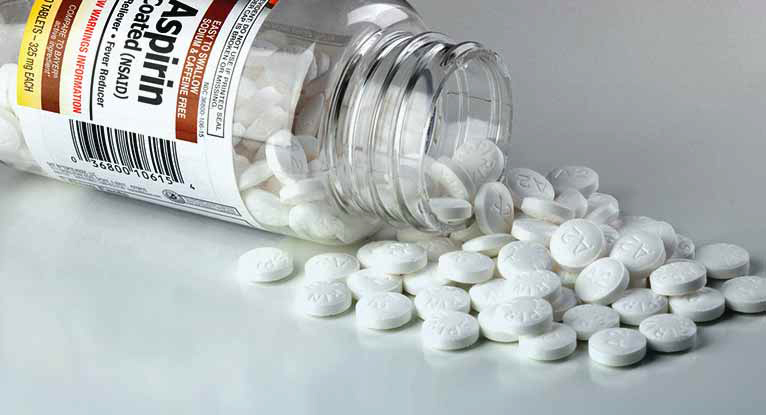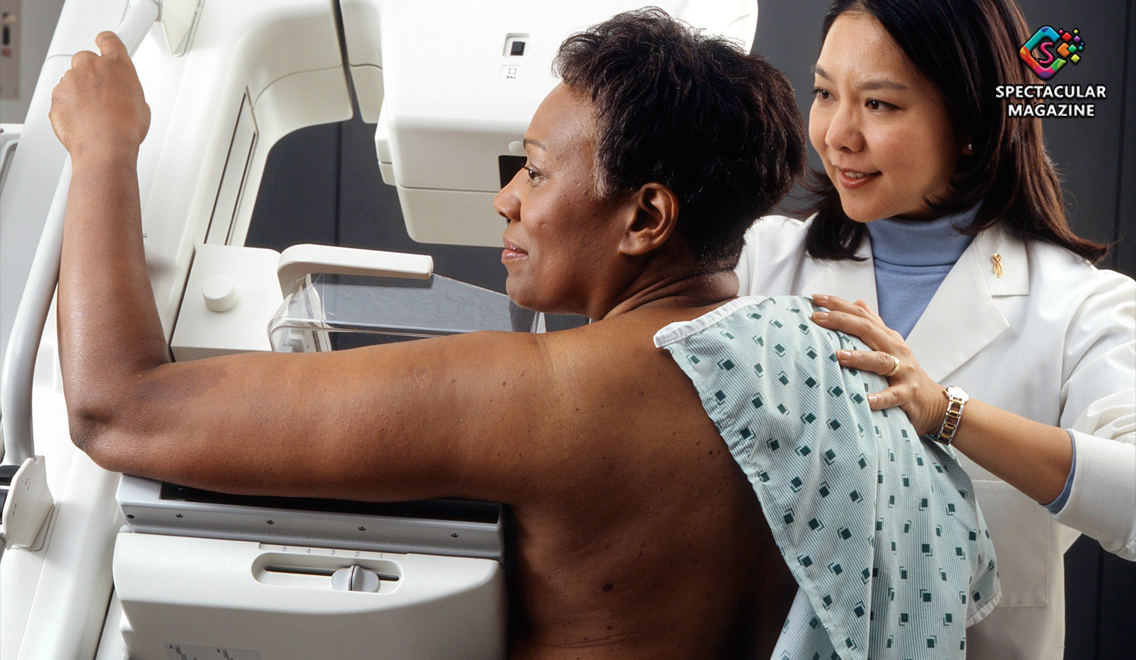Aspirin May Have Potential As A Chemopreventive Medication For Black Women
Aspirin as a chemopreventive medication in breast cancer was recently studied among African American women, and the study results show its potential for use among these patients who have estrogen receptor (ER)-negative or triple-negative disease, according to an article published in Breast Cancer Research.
“Few studies have investigated these associations among African American women,” the authors noted, “nor have any previous studies in African American women evaluated whether associations differ by ER subtype.”
 The investigators gathered data from the Black Women’s Health Study, an ongoing nationwide cohort study, to conduct a prospective analysis of 53,126 African American women who answered questionnaires regarding their aspirin use and duration of use (<1, 1, 2, 3-4, or >5 years), at baseline in 1995 and follow-up. All of the women were aged 21 to 69 years, and the follow-up questionnaires were sent every 2 years.
The investigators gathered data from the Black Women’s Health Study, an ongoing nationwide cohort study, to conduct a prospective analysis of 53,126 African American women who answered questionnaires regarding their aspirin use and duration of use (<1, 1, 2, 3-4, or >5 years), at baseline in 1995 and follow-up. All of the women were aged 21 to 69 years, and the follow-up questionnaires were sent every 2 years.
For the purposes of this study, regular aspirin use was defined as “use at least 3 days per week.”
Over 22 years of follow-up (1995-2017), there were 1919 diagnoses of invasive breast cancer, and ER status was available for 1681 (88%):
• 1112 were ER-positive breast cancer,
• 569 were ER-negative breast cancer,
• 368 of the ER-negative cases had a known HER2 status, and
• 284 of the cases with a known HER status were triple-negative breast cancer (TNBC).
Compared with nonuse of aspirin, results show that its regular use was associated with an 8% overall lower risk of breast cancer (HR, 0.92; 95% CI, 0.81-1.04). Although this risk remained relatively unchanged for women with ER-positive disease (HR, 0.98; 95% CI, 0.84-1.15), regular aspirin use was associated with a noticeable 19% decline in risk of disease among those with ER-negative breast cancer (HR, 0.81; 95% CI, 0.64-1.04) and 30% for those with TNBC (HR, 0.70; 95% CI, 0.49-0.99).
Analyses also revealed:
1. Current aspirin users were older and had a higher mean body mass index vs nonusers: 44 vs 38 years and 29.1 vs 27.7 kg/m2, respectively.
2. Current users were more likely to drink alcohol: 39% vs 28%.
3. Current users were more likely to have no more than a high-school education: 83% vs 72%.
4. When looking at aspirin use for at least 10 years, the women in the study with ER-positive breast cancer did have a 19% reduced risk of disease (HR, 0.81; 95% CI, 0.60-1.09).
5. No trend in the duration of aspirin use was seen for the patients with TNBC.
6. Past aspirin use had no association with overall breast cancer risk.
7. Adjusting for patient use of other nonsteroidal anti-inflammatory drugs (NSAIDs) had no effect on the study results.
8. There was an inverse association with disease risk among current aspirin users with ER-positive or -negative disease if they had a high waist-to-hip ratio (> 0.85).
9. Among parous women with ER-negative disease who breastfed, there was an inverse association with their risk compared with women who never breastfed: HR, 0.69 (95% CI, 0.45-1.05) vs 0.84 (0.59-1.19).
The authors believe that their results require confirmation in studies that have larger populations of African American women. Limitations to their findings include that the data were self-reported, information on aspirin dose was not available, and they did not evaluate nonaspirin NSAIDs separately. Study strengths include its 20-plus years of follow-up and the detailed characterization of breast cancer risk factors.
“The results of this study support the hypothesis that regular aspirin use is associated with reduced breast cancer risk, particularly for ER[-negative] and TN breast cancer, in African American women,” the investigators concluded. “If findings from this study are confirmed, aspirin may represent a potential opportunity for chemoprevention of ER[-negative] and TN breast cancer.”
Reference


